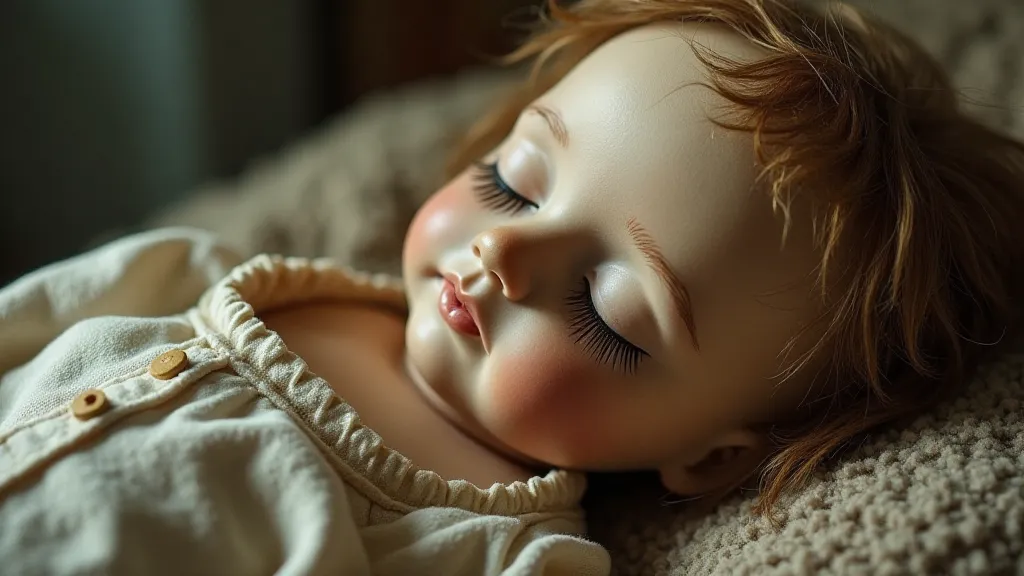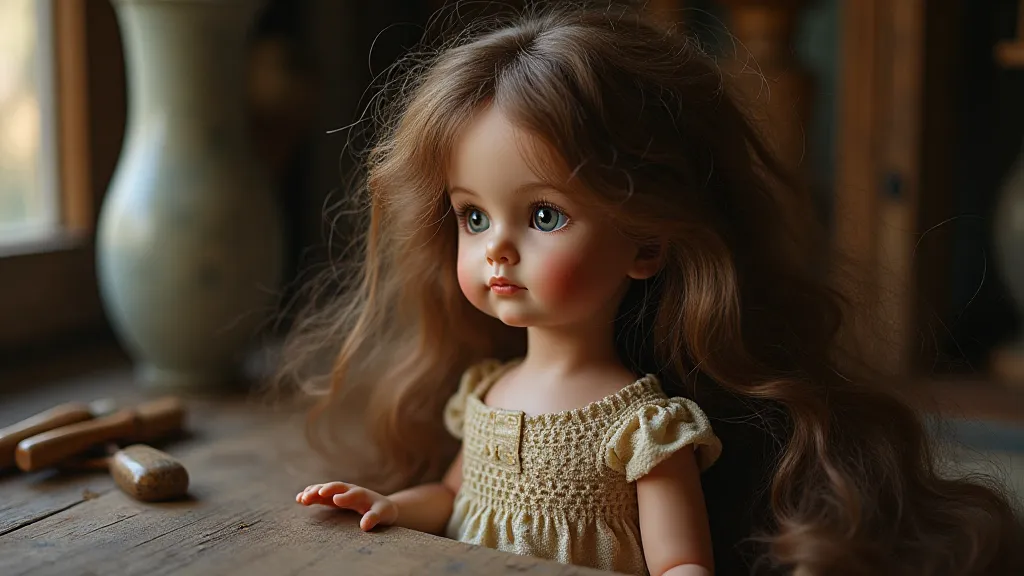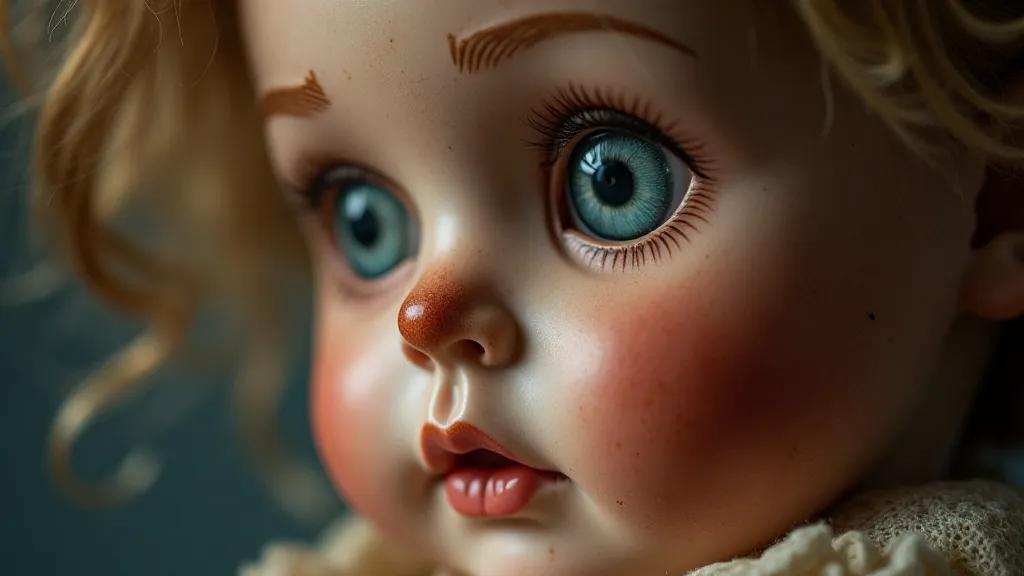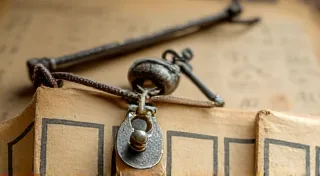The Doll's Cabinet of Curiosities: Unexpected Materials in Antique Toy Creation
The allure of antique dolls is undeniable. Beyond the porcelain sheen or the painted smile lies a story – a whisper of childhoods past, of Victorian tea parties and Edwardian nurseries. But delve deeper, past the expected bisque and cloth, and you uncover something truly remarkable: a cabinet of curiosities, a testament to ingenuity born of necessity. Antique doll creation wasn't always about luxury. It was often a pragmatic art, dictated by the materials available and the socio-economic climate. Today, as collectors, we're not just admiring beautiful objects; we’re witnessing a fascinating glimpse into the resourcefulness of a bygone era.

The Rise of Papier-Mâché: A Material of the Masses
For many families, particularly those of more modest means, porcelain dolls were simply out of reach. Enter papier-mâché. Initially used as a method for mimicking the look of more expensive materials, papier-mâché dolls became surprisingly prevalent in the mid-19th century. The process – layering pulp made from paper scraps, often newspaper, onto a mold – was relatively simple and inexpensive. While early papier-mâché dolls often lacked the refinement of their porcelain counterparts, skilled artisans developed techniques to create remarkably detailed faces and hairstyles. Some were even glazed to resemble porcelain, a clever deception intended to appeal to parents who desired a ‘porcelain’ doll for their child but couldn’t afford the true article.
I remember my grandmother showing me a small, unassuming papier-mâché doll she’s owned for decades. Its paint was faded, its limbs were slightly loose, but holding it, I could almost feel the echoes of a little girl's laughter. She explained how it belonged to her younger sister, a treasured possession during a time when new toys were a rare delight. It wasn't beautiful in the conventional sense, but it held a profound emotional weight, a tangible link to a cherished memory. That small doll taught me that the value of an antique isn't solely based on its material worth; it’s about the story it holds.
Beyond Porcelain: Cloth, Composition, and Unexpected Fillings
The body of an antique doll, too, often defied expectations. While cloth dolls were common, the types of cloth used varied drastically. From simple muslin and cotton to finer silks and velvets, the choice reflected the doll's intended market. Cheaper dolls were stuffed with cotton batting, while more elaborate examples employed kapok, a lightweight fiber harvested from the kapok tree. Some dolls, particularly those intended for younger children, were even filled with sawdust or straw, providing a softer, more huggable form.
Then there's composition, a mixture of glue, sawdust, and other materials, often considered the “poor man’s porcelain” for doll heads. It allowed for complex sculpting and detailing, but it was also prone to cracking and deterioration over time, presenting unique restoration challenges for collectors.
The Curious Case of Human Hair
Perhaps the most surprising material encountered in antique dolls is human hair. While wig makers have used human hair for centuries, its use in doll creation reached its peak in the late 19th and early 20th centuries. This wasn’t a sign of opulence, but rather a pragmatic solution. Animal hair wigs were often stiff and unnatural-looking. Human hair, especially fine, light-colored hair, could be styled into incredibly realistic and beautiful hairstyles – cascading ringlets, elaborate braids, and elegant chignons. The hair itself was often sourced from barbershops or hair donation programs. It was a readily available and relatively inexpensive resource.
Imagine the stories those strands of hair could tell! Each curl carefully placed, each braid painstakingly woven, contributing to a doll that was more than just a toy; it was a work of art, a testament to the artisan’s skill and dedication. Recognizing human hair on an antique doll can be a bit unnerving at first, but appreciating its history and purpose allows for a deeper understanding of the era.

Socio-Economic Drivers: Necessity and Resourcefulness
The materials used in antique doll creation weren't chosen arbitrarily. They were dictated by the prevailing socio-economic conditions. The Industrial Revolution brought about unprecedented levels of mass production, but it also created a vast disparity in wealth. The demand for affordable toys surged, fueling the innovation of alternative materials. Barriers to entry lowered, allowing smaller workshops and individual artisans to thrive. This, in turn, led to greater experimentation with different materials and techniques.
Consider the post-war years – resources were often scarce, and families were looking for ways to stretch their budgets. This spurred creativity and resourcefulness in toy-making. Scrap fabrics were repurposed, discarded materials were given new life, and dolls became a source of comfort and joy amidst challenging times. These dolls weren’t made to last an eternity, but they fulfilled their purpose – bringing happiness to a child, providing companionship, and sparking imagination.
Restoration and Collecting: Understanding the Materials
For collectors, understanding the materials used in antique doll creation is crucial, both for preservation and valuation. Papier-mâché is susceptible to moisture and cracking; composition dolls are prone to deterioration and staining; and human hair wigs require gentle cleaning and storage to prevent damage. Knowing the inherent weaknesses of each material allows for informed restoration choices and proper care.
Valuation, too, is affected by the materials. While a porcelain doll from a renowned maker commands a high price, a well-preserved papier-mâché doll from the same era can hold considerable value, especially if it’s in good condition and possesses unique characteristics. Collectors often prize these less conventional dolls for their historical significance and the story they tell about a bygone era.

A Legacy of Ingenuity
Collecting antique dolls isn't just about acquiring beautiful objects; it's about uncovering stories – stories of ingenuity, resourcefulness, and the enduring power of human creativity. The unexpected materials used in antique doll creation serve as a tangible reminder of the socio-economic forces that shaped a generation. By appreciating these details, we gain a deeper understanding of the past and a renewed appreciation for the craftsmanship and artistry that went into creating these cherished treasures. Let us cherish these dolls, not just for their appearance, but for the legacy of ingenuity they represent - a cabinet of curiosities brought to life through necessity and imagination.





